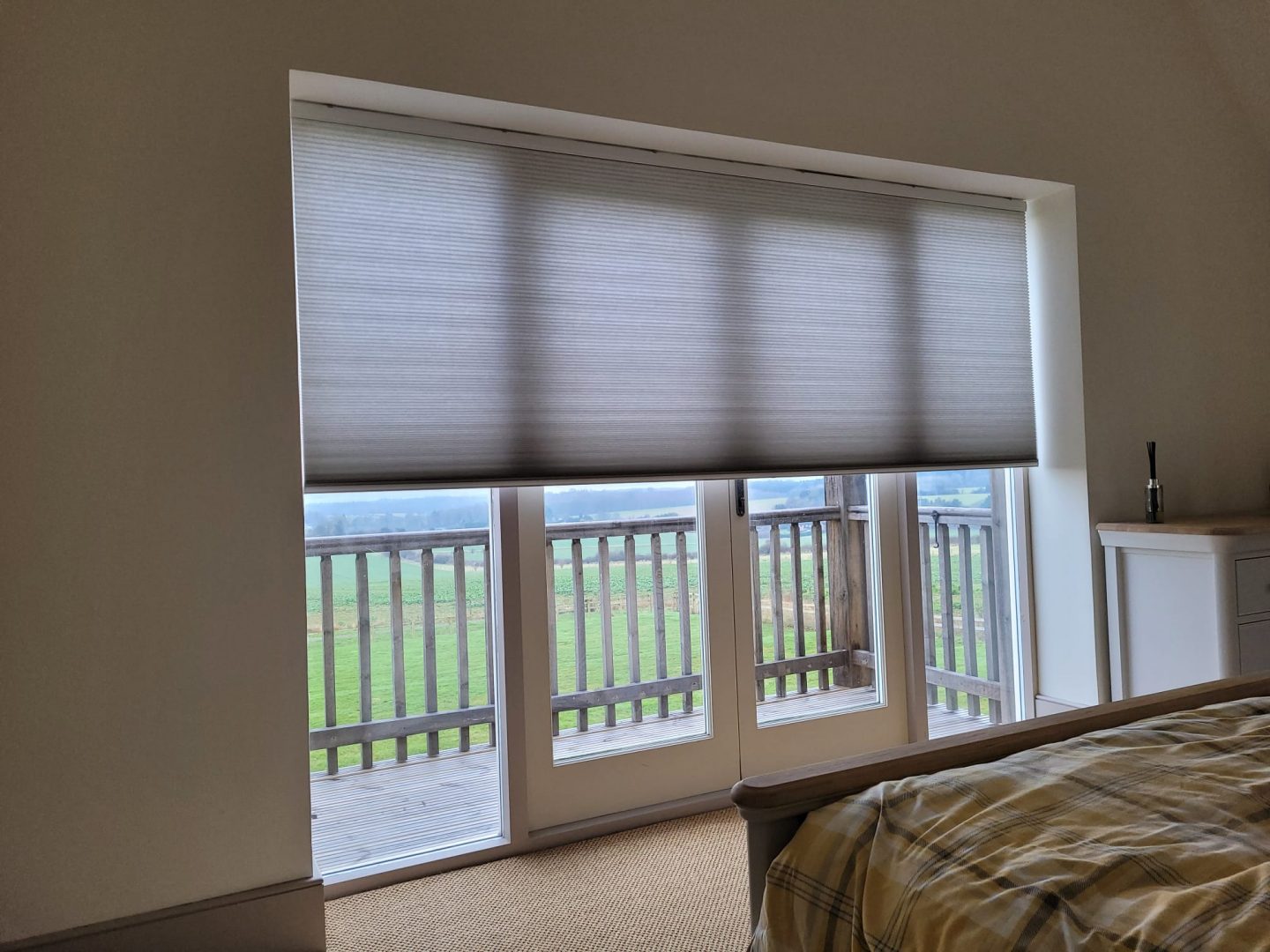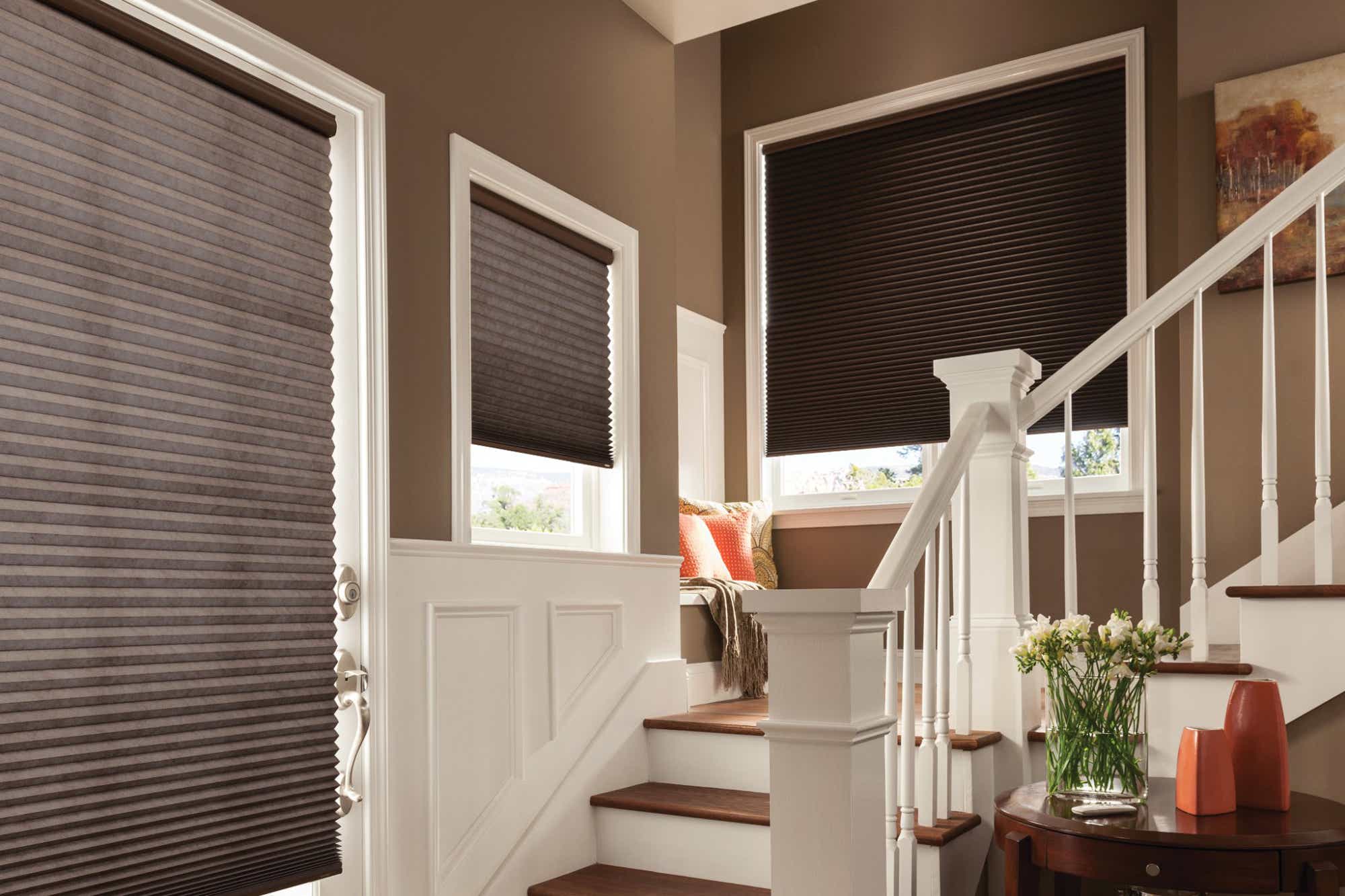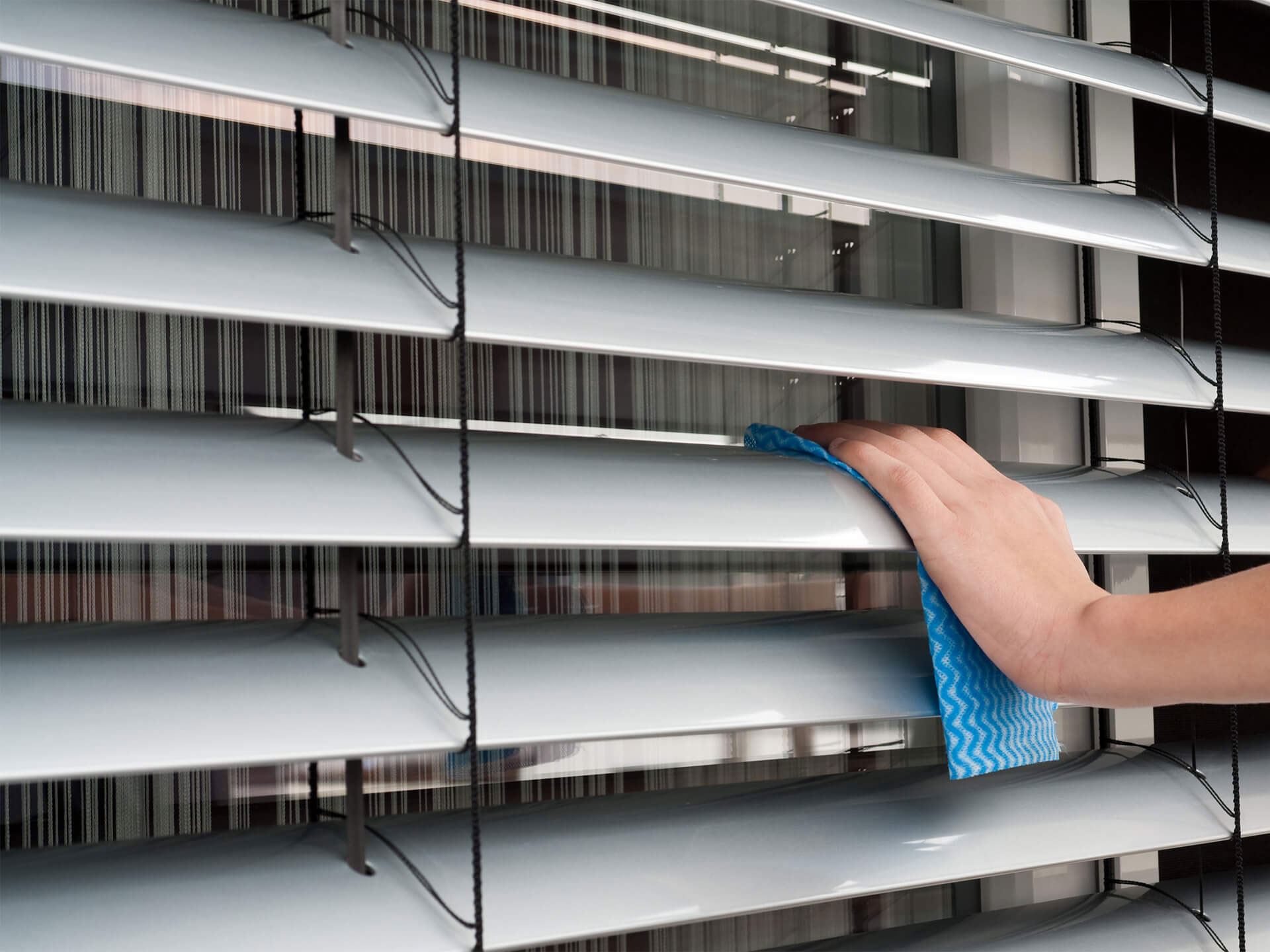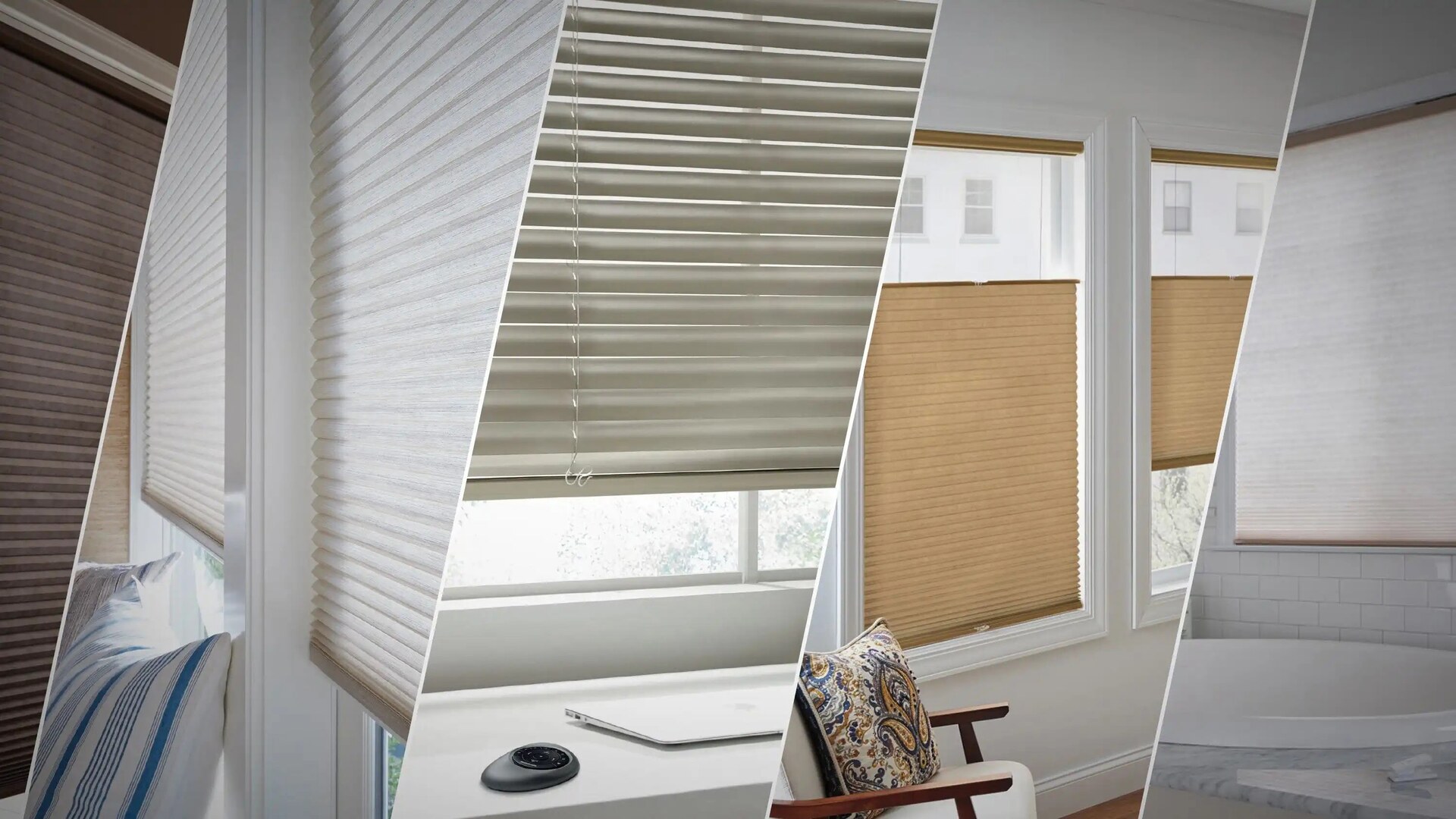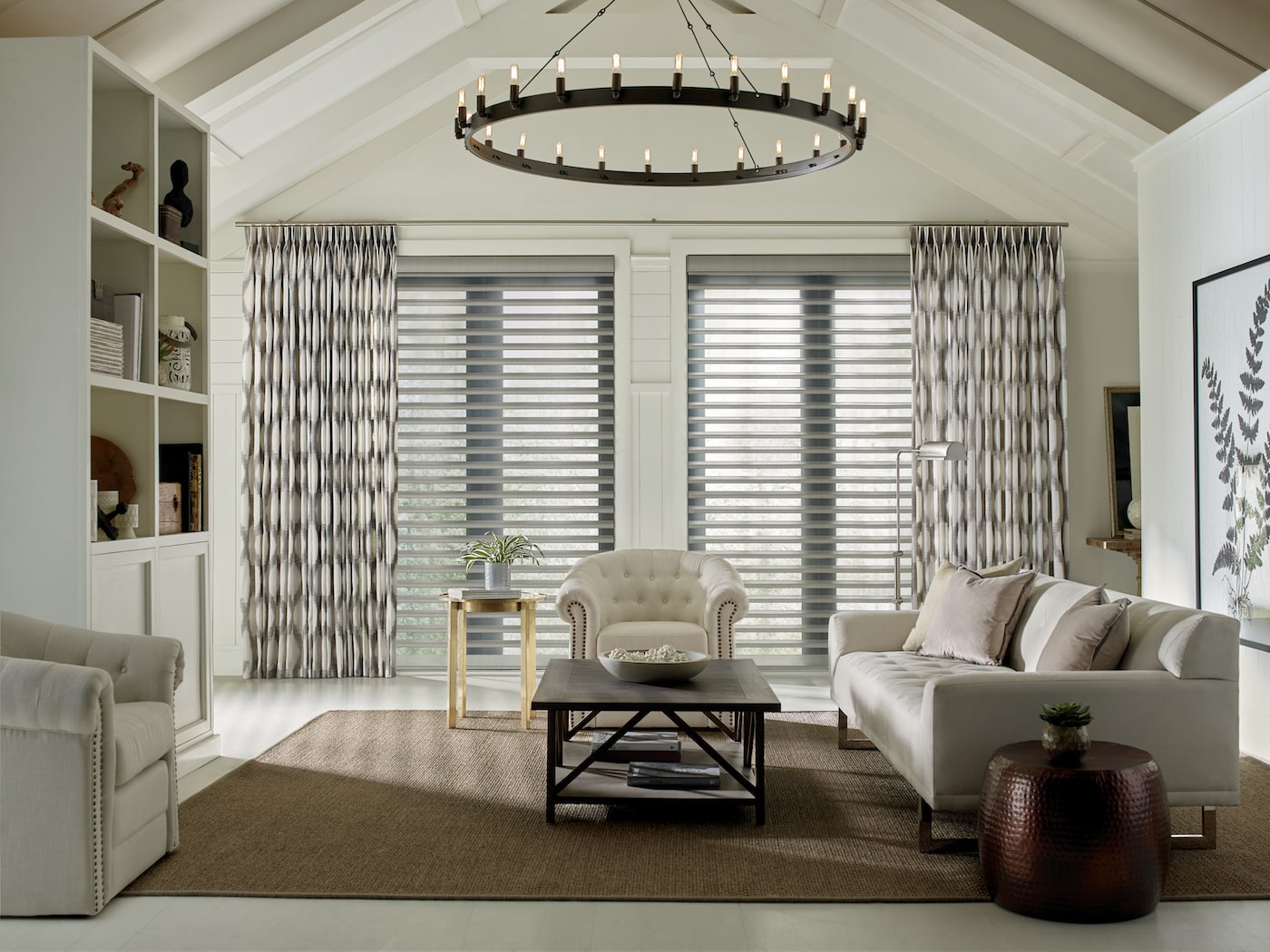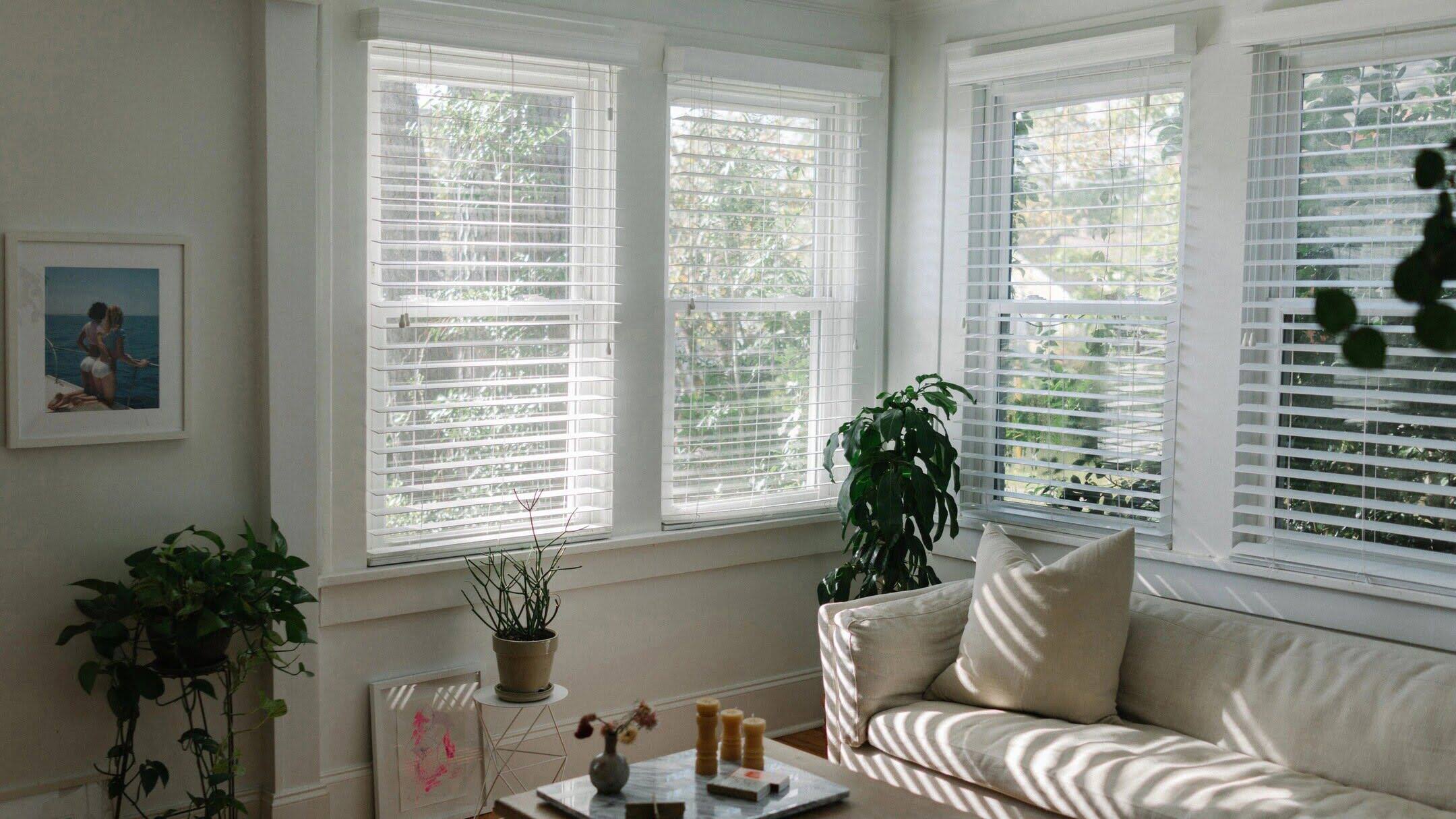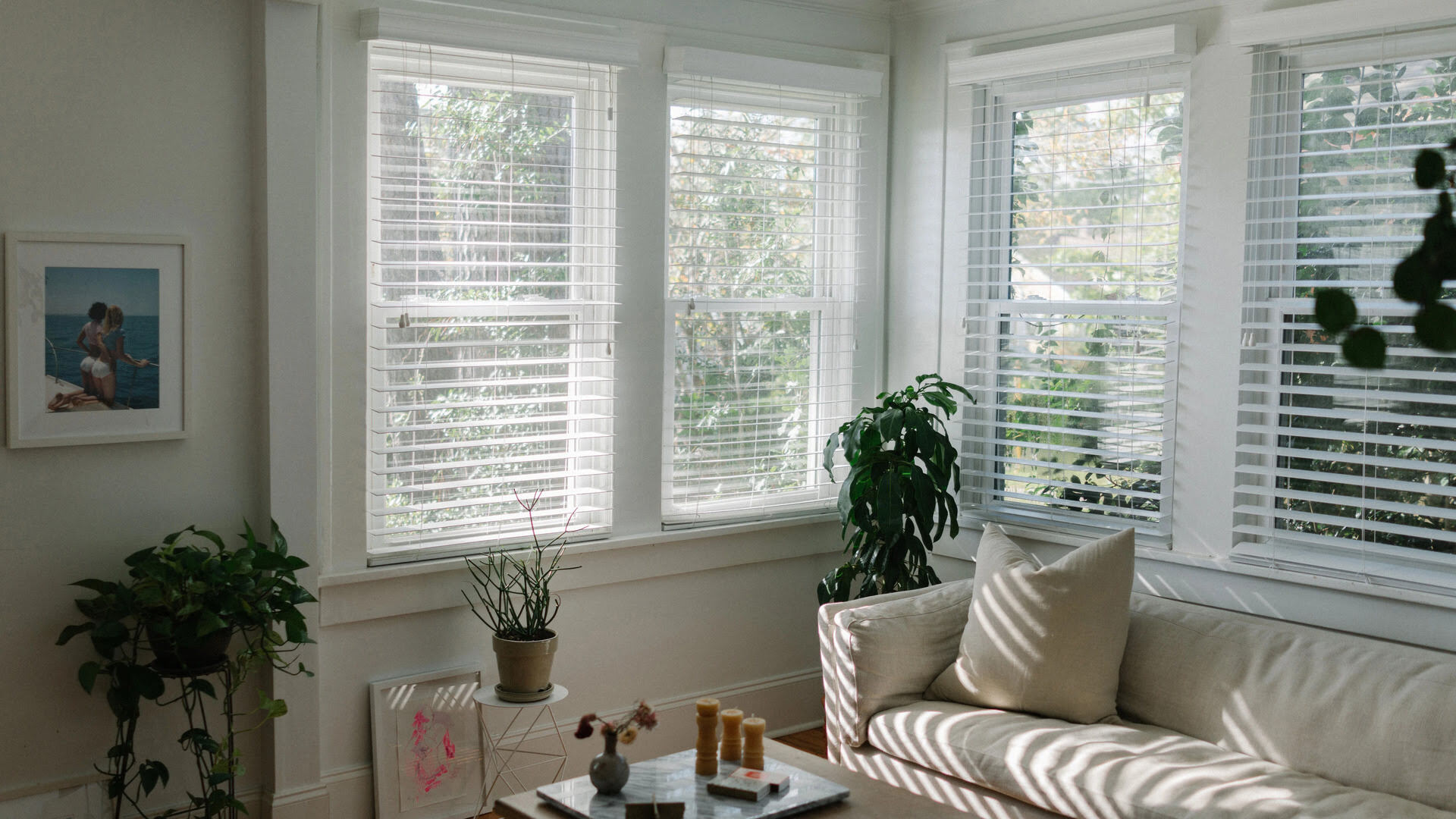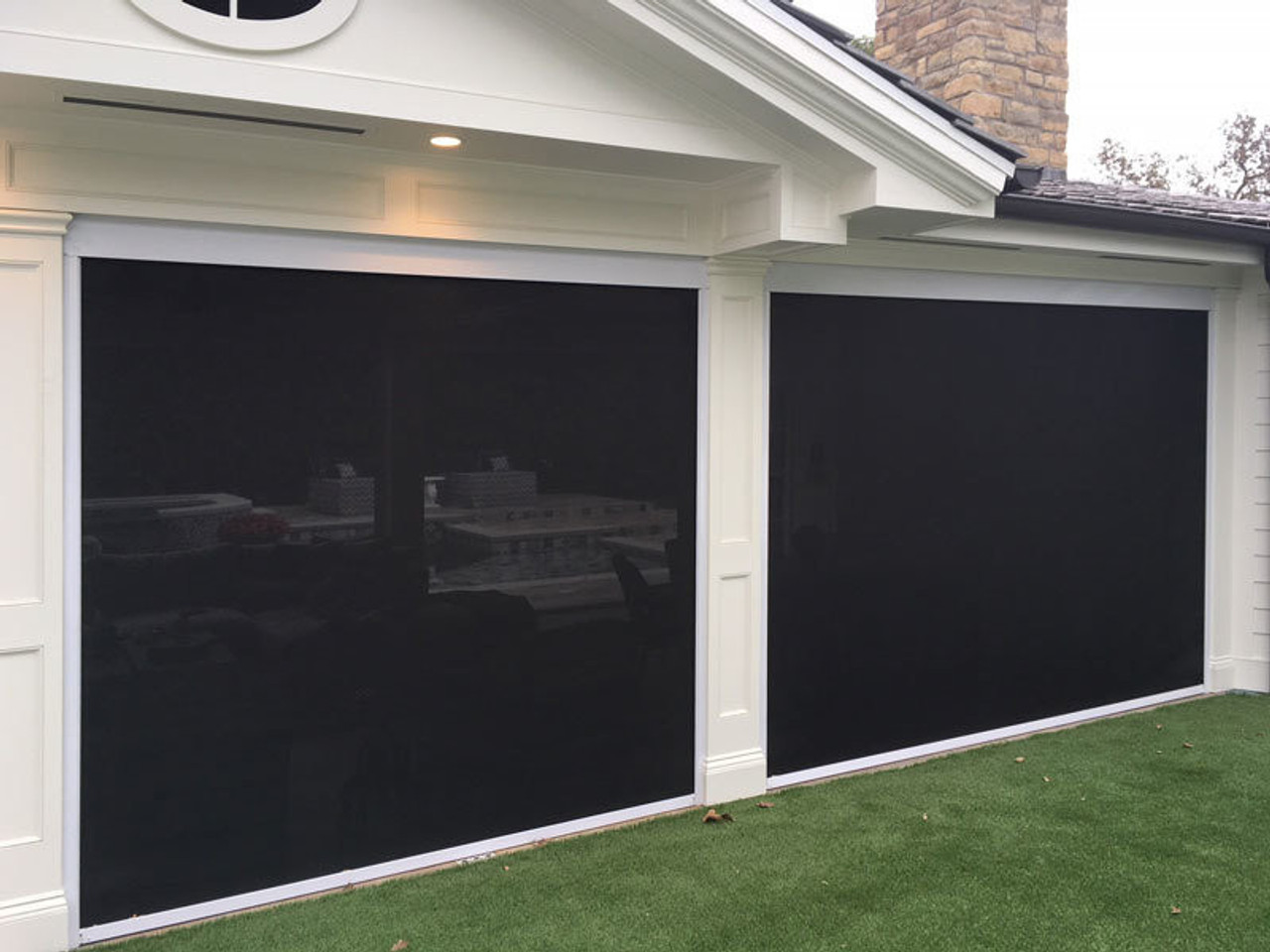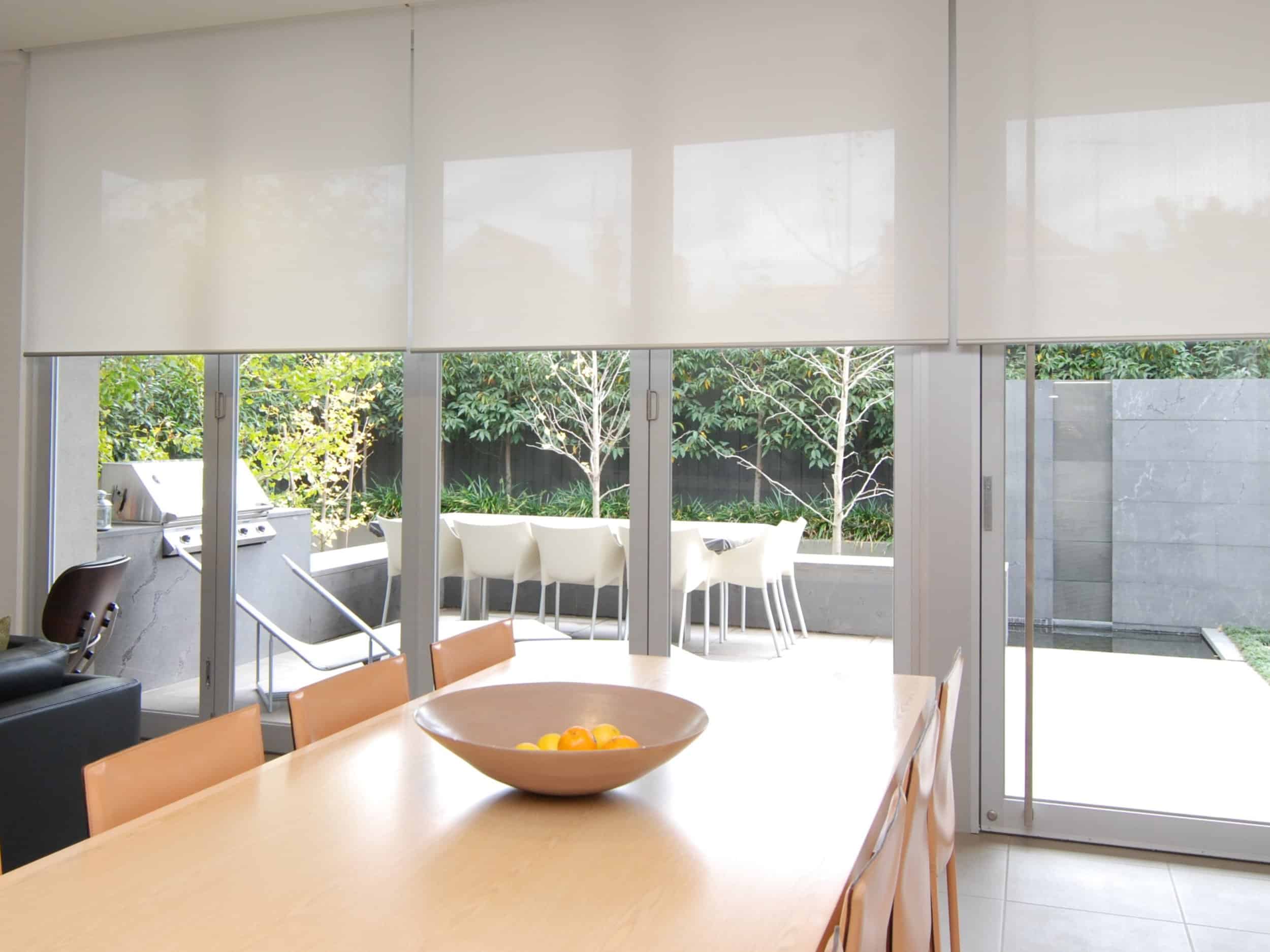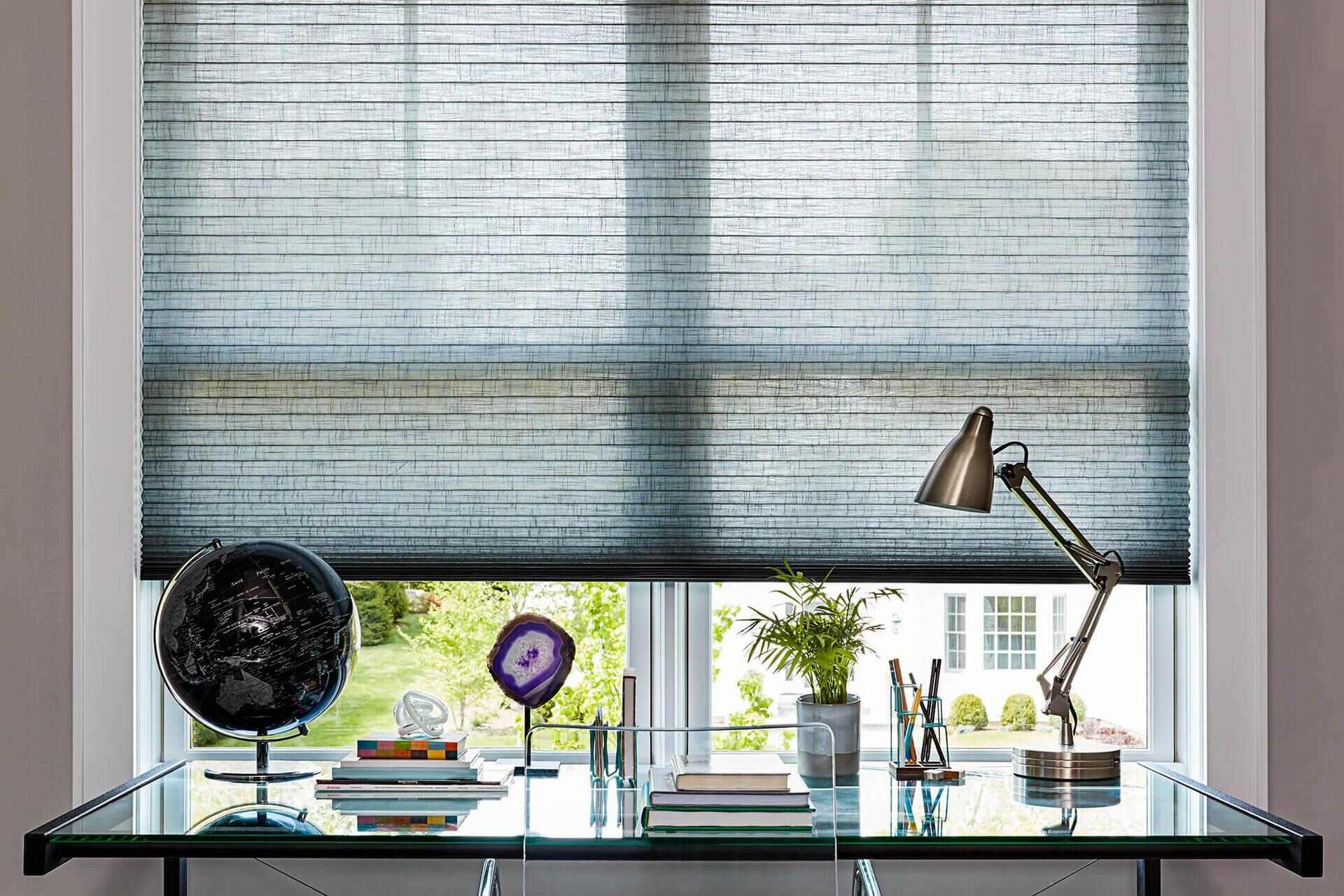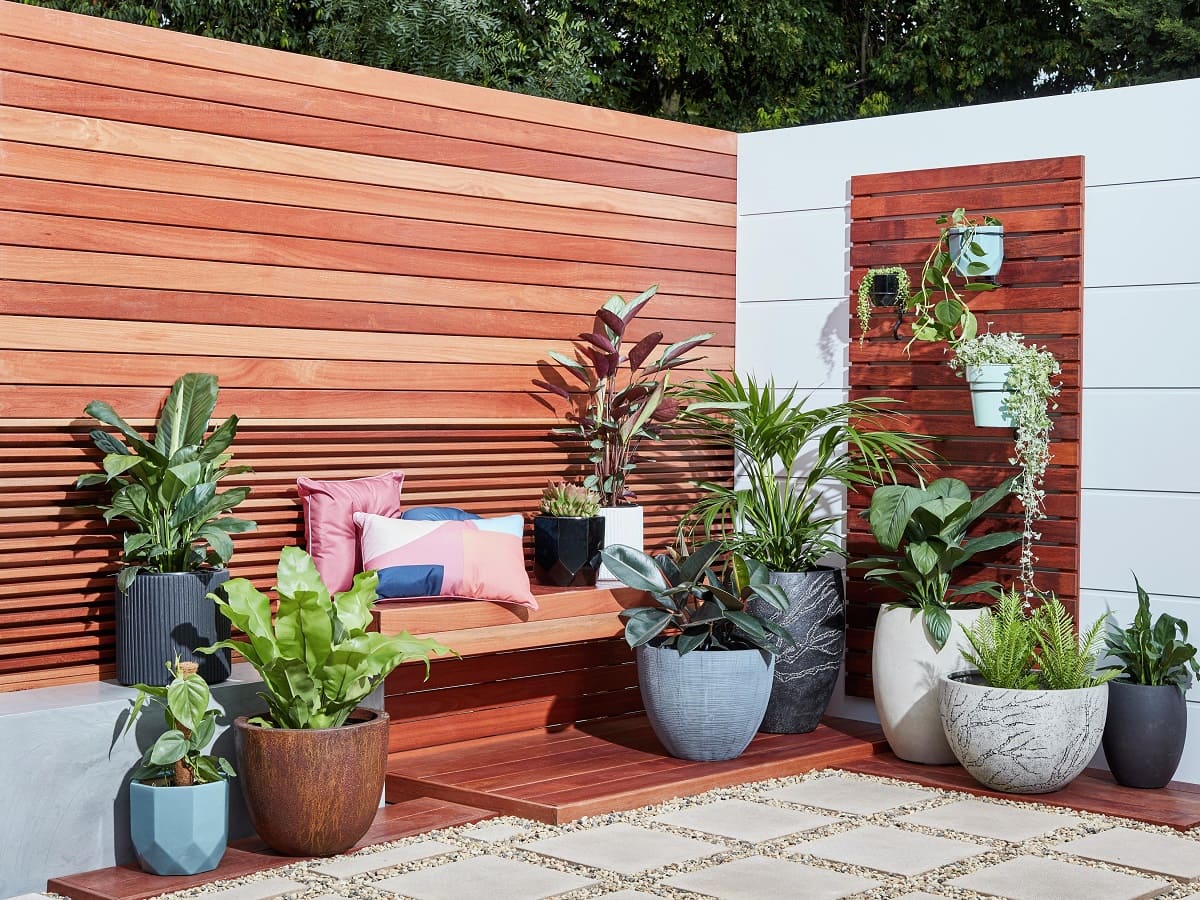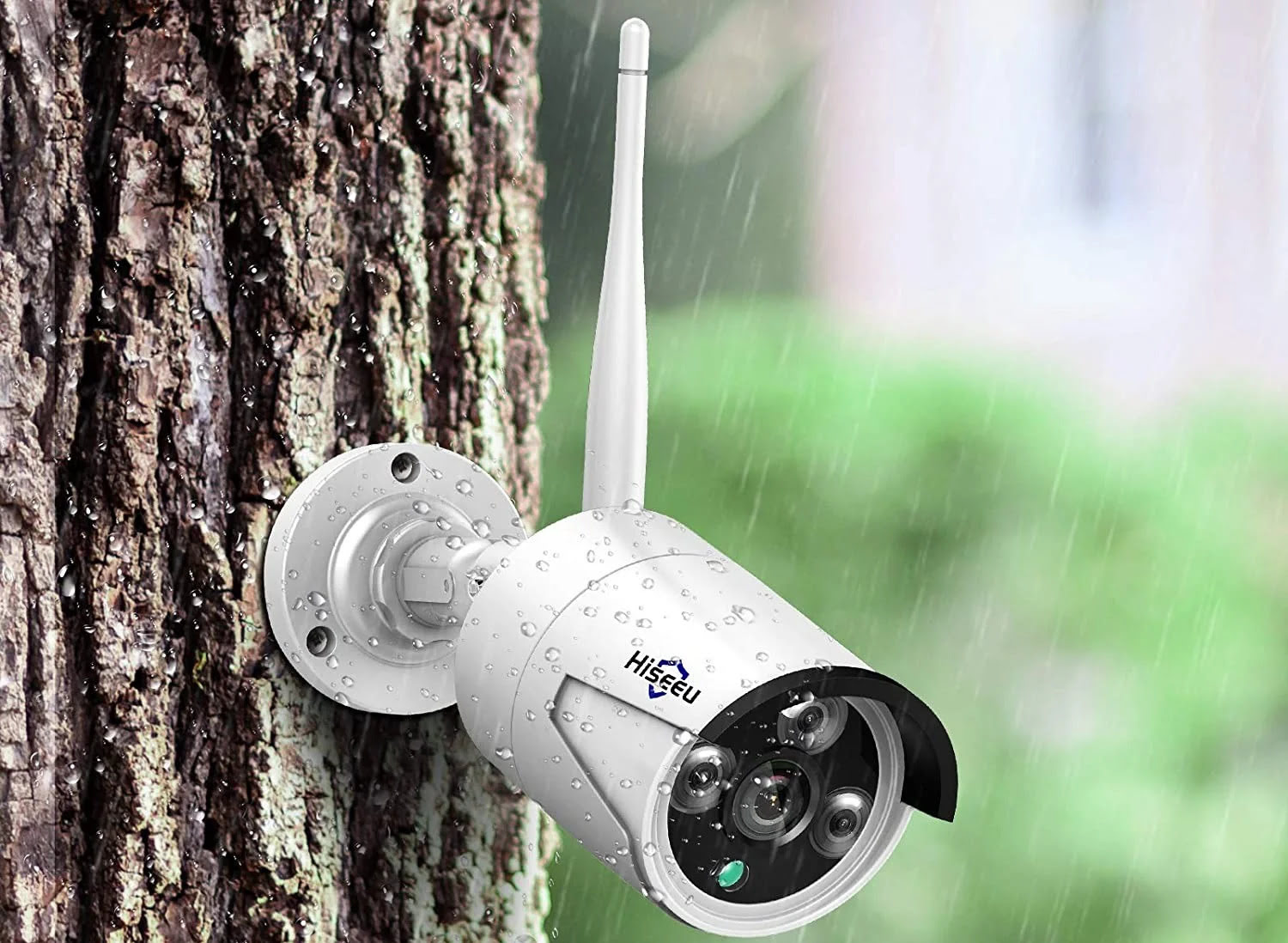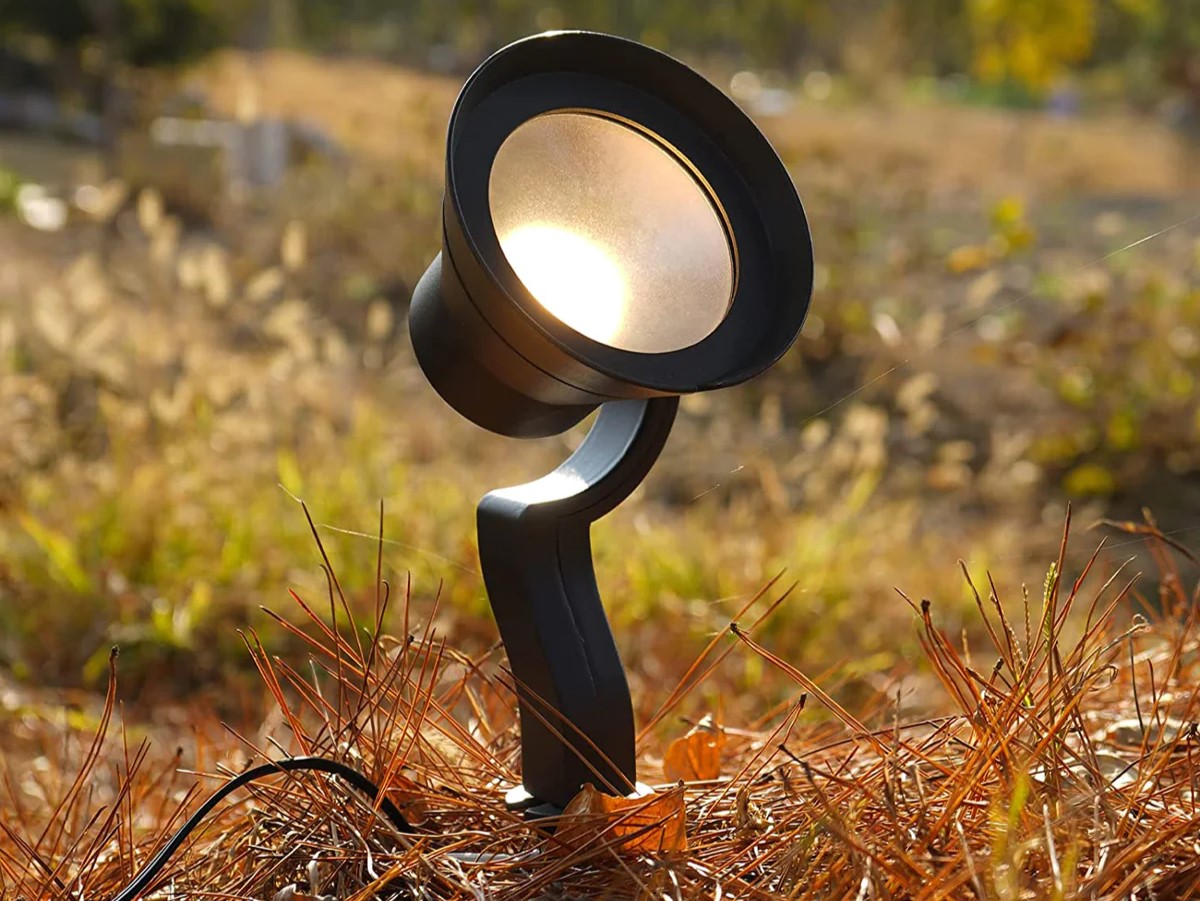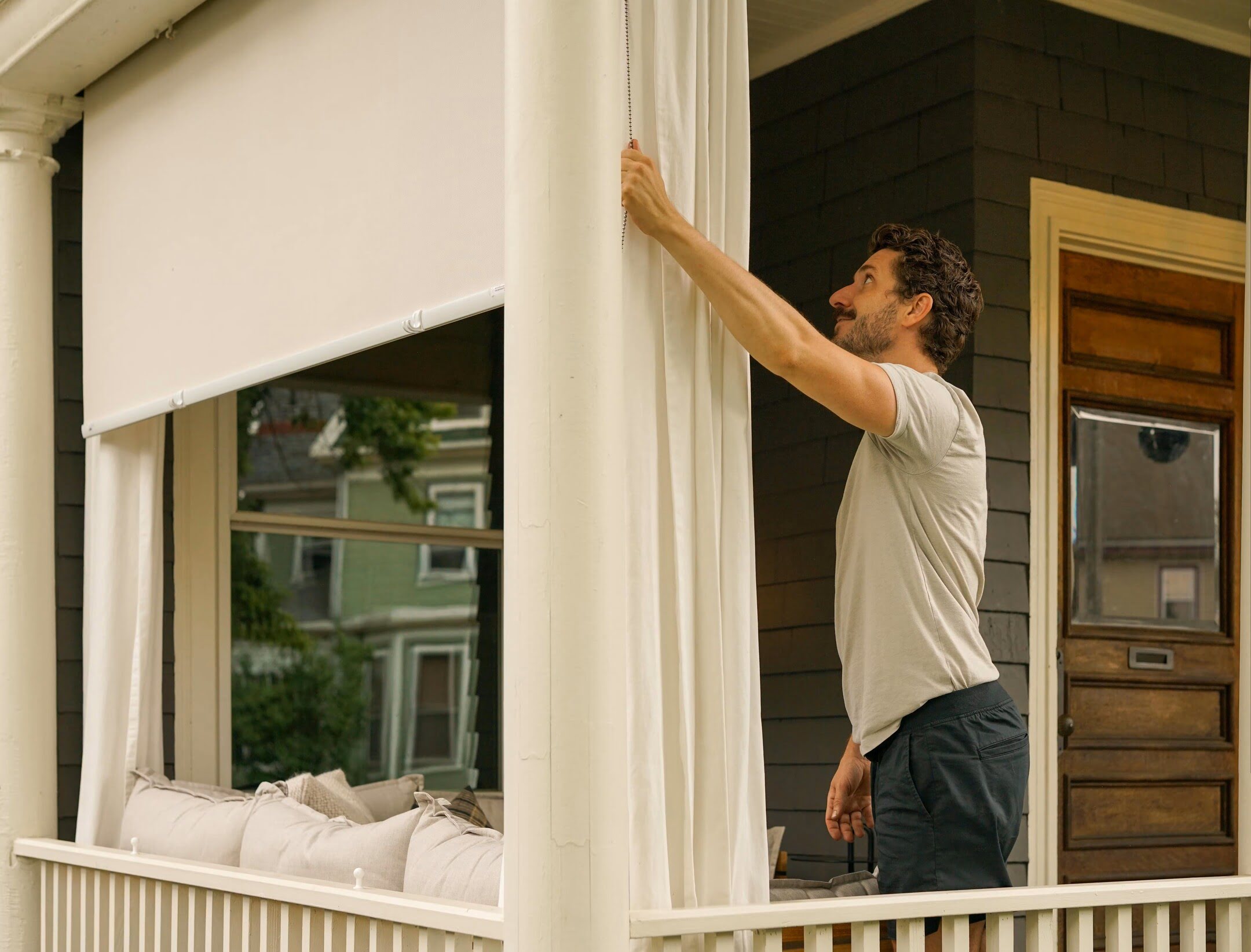

Articles
What Are The Best Outdoor Blinds
Modified: January 18, 2024
Discover the top outdoor blinds with our informative articles. Transform your outdoor space with the best blinds for sun protection and privacy.
(Many of the links in this article redirect to a specific reviewed product. Your purchase of these products through affiliate links helps to generate commission for Storables.com, at no extra cost. Learn more)
Introduction
Welcome to the world of outdoor blinds, where functionality meets style. If you’re looking to enhance your outdoor living space and make it more comfortable, installing outdoor blinds can be a game-changer. Whether you have a spacious patio, a cozy balcony, or a beautiful garden, outdoor blinds offer numerous benefits that will elevate your outdoor experience.
In this article, we will explore the various benefits of outdoor blinds, factors to consider when choosing the right blinds for your space, different types of outdoor blinds available, popular materials used in their construction, as well as installation and maintenance tips. We will also touch upon cost considerations to help you plan your budget effectively.
So, why should you invest in outdoor blinds? Let’s dive in and discover the undeniable advantages they offer.
Enhanced Privacy: One of the primary reasons people opt for outdoor blinds is to create a secluded and private space. By installing blinds, you can shield your outdoor area from prying eyes, allowing you to relax and unwind without any outside distractions. Whether you’re enjoying a romantic dinner or lounging by the pool, outdoor blinds provide a sense of seclusion.
Protection from the Elements: Another significant advantage of outdoor blinds is their ability to protect you from the elements. Whether it’s harsh sunlight, gusty winds, or heavy rain, the right outdoor blinds can create a barrier, shielding you and your outdoor furniture from potential damage. They also help to reduce the heat and glare, making your outdoor space comfortable and enjoyable, even during hot summer days.
Temperature Control: Outdoor blinds act as an insulating layer, helping to regulate the temperature of your outdoor area. In hot climates, they can block out the sun’s heat, keeping your space cool and reducing the need for excessive air conditioning. Similarly, in colder climates, outdoor blinds can provide an extra layer of insulation, keeping the heat inside and preventing chilly drafts.
Flexibility and Versatility: Outdoor blinds come in a variety of styles, designs, and operating mechanisms, offering you flexibility and versatility in customizing your outdoor space. Whether you prefer traditional roll-up blinds, motorized blinds with remote control, or sleek and modern panel blinds, there’s an option to suit every style and preference.
Aesthetically Pleasing: Outdoor blinds not only provide functional benefits but also enhance the overall aesthetics of your outdoor area. With a wide range of colors, patterns, and materials to choose from, you can find blinds that complement your existing décor or add a pop of color to create an inviting ambiance. By selecting the right blinds, you can elevate the visual appeal of your outdoor space and create a cohesive and stylish look.
With so many advantages to offer, outdoor blinds are a worthwhile investment for any outdoor enthusiast. In the following sections, we will delve deeper into the factors you should consider when selecting outdoor blinds, explore the different types available, and provide insights into installation, maintenance, and cost considerations.
Key Takeaways:
- Elevate your outdoor space with the undeniable benefits of outdoor blinds, including enhanced privacy, sun protection, weather resistance, and temperature control. Choose the right blinds to create a functional and visually appealing oasis.
- Consider factors such as purpose, style, material, and installation when choosing outdoor blinds. Explore various types and materials to find the perfect blend of functionality, durability, and aesthetic appeal for your outdoor space.
Read also: 10 Best Outdoor Blinds for 2024
Benefits of Outdoor Blinds
Outdoor blinds offer a multitude of benefits that can greatly enhance your outdoor space. Whether you have a patio, deck, balcony, or garden, installing outdoor blinds can transform your outdoor area into a functional and inviting oasis. Here are some key advantages of using outdoor blinds:
1. Privacy: One of the primary benefits of outdoor blinds is the privacy they provide. They allow you to create a secluded and intimate space where you can relax, entertain guests, or enjoy some alone time without worrying about prying eyes. This is especially beneficial if you live in a densely populated area or have neighbors in close proximity.
2. Sun Protection: Outdoor blinds act as a barrier against harmful UV rays, providing protection from the sun’s intense heat and glare. This not only helps to keep you and your family safe from sunburns and skin damage but also prevents your outdoor furniture, flooring, and accessories from fading or deteriorating due to prolonged sun exposure.
3. Weather Resistance: Outdoor blinds are designed to withstand various weather conditions. They can provide protection against wind, rain, and even strong gusts. By creating a barrier, they help to keep your outdoor space dry, making it usable even during inclement weather. Additionally, some blinds are made from materials that are resistant to mold, mildew, and other weather-related issues.
4. Temperature Control: Outdoor blinds are effective in regulating the temperature of your outdoor area. In warmer months, they help to block out the sun’s heat, keeping your space cooler and more comfortable. This can reduce the need for excessive air conditioning, resulting in energy savings. In colder months, outdoor blinds act as an extra layer of insulation, trapping warmth and preventing chilly drafts from entering your outdoor space.
5. Insect Protection: Another advantage of outdoor blinds is their ability to keep pesky insects at bay. By creating a barrier between your outdoor area and the surrounding environment, they help to keep mosquitoes, flies, and other insects from bothering you and your guests. This allows you to enjoy your outdoor space without the annoyance and discomfort of constant bug bites.
6. Versatility and Flexibility: Outdoor blinds come in a wide range of styles, designs, and materials, offering you great flexibility in customizing your outdoor space. Whether you prefer roller blinds, retractable blinds, vertical blinds, or panel blinds, you can find an option that suits your taste and aesthetic preferences. Additionally, outdoor blinds can be easily adjusted to control the amount of light, airflow, and privacy according to your needs.
7. Enhances Aesthetics: Outdoor blinds not only provide functional benefits but also enhance the overall aesthetics of your outdoor space. With numerous styles, colors, and patterns to choose from, you can find blinds that complement your existing decor and create a visually appealing outdoor area. This allows you to create a cohesive and stylish look that reflects your personality and design preferences.
8. Increased Usable Space: By installing outdoor blinds, you effectively extend the usable space of your home. Outdoor areas such as patios and balconies that may have been underutilized due to weather conditions or privacy concerns can now be transformed into comfortable and functional spaces. With the right outdoor blinds, you can create a seamless transition between your indoor and outdoor living areas, enhancing the overall flow and usability of your home.
Overall, outdoor blinds offer a range of benefits that make them a valuable addition to any outdoor space. They provide privacy, sun protection, weather resistance, temperature control, insect protection, versatility, aesthetics, and increased usable space. With the right choice of outdoor blinds, you can create a comfortable, functional, and visually appealing outdoor area where you can relax, entertain, and enjoy the beauty of the outdoors.
Factors to Consider when Choosing Outdoor Blinds
When selecting outdoor blinds for your space, it’s important to consider several factors to ensure you choose the right blinds that meet your needs and preferences. Here are some key factors to keep in mind:
1. Purpose and Functionality: Determine the primary purpose of your outdoor blinds. Are you looking for privacy, sun protection, weather resistance, or a combination of these? Understanding your specific needs will help you narrow down your options and choose blinds that offer the desired functionality.
2. Style and Design: Consider the overall aesthetic of your outdoor area and choose blinds that complement your existing decor. Whether you prefer a modern, minimalist look or a more traditional and rustic vibe, there are outdoor blind styles and designs to suit every taste. Pay attention to colors, patterns, and materials that will blend harmoniously with the rest of your outdoor space.
3. Material: The choice of material is crucial when it comes to outdoor blinds. Look for materials that are durable, weather-resistant, and able to withstand harsh conditions. Common materials used for outdoor blinds include PVC, canvas, aluminum, and bamboo. Each material has its own set of characteristics, so consider factors such as durability, maintenance requirements, and the overall look and feel when selecting the material.
4. Ease of Operation: Consider how you want to operate your outdoor blinds. They can be manually operated through crank systems, cord pulleys, or hand-rolling mechanisms. Alternatively, you may opt for motorized blinds that can be operated with a remote control. Choose an operating mechanism that is convenient and easy to use for you and your family.
5. Durability and Maintenance: Outdoor blinds are exposed to various weather conditions, so it’s important to choose blinds that are built to last. Look for blinds that are made from high-quality materials and have been tested for durability. Additionally, consider the maintenance requirements of the blinds. Some materials may require regular cleaning or treatments to maintain their appearance and longevity.
6. Budget: Set a budget for your outdoor blinds and consider the cost of materials, installation, and any additional features or customization options you may desire. Remember to factor in the long-term costs, such as maintenance and potential repairs, when determining your budget. It’s worth investing in high-quality blinds that will withstand the elements and serve you well for years to come.
7. Professional Installation: While some outdoor blinds can be installed by homeowners, complex or motorized systems may require professional installation. Consider your DIY abilities and the complexity of the blinds you choose. If in doubt, it’s recommended to seek the assistance of a professional installer to ensure proper installation and functionality of your outdoor blinds.
8. Customer Reviews and Recommendations: Before making a final decision, research customer reviews and seek recommendations from friends, family, or reputable sources. This will give you valuable insights into the performance, durability, and overall satisfaction of others who have already installed similar outdoor blinds.
By considering these factors, you can make an informed decision when choosing outdoor blinds that align with your requirements and preferences. Remember to take your time, compare options, and seek expert advice if needed. With the right combination of functionality, style, and durability, your outdoor blinds will not only provide the desired benefits but also enhance the overall appeal of your outdoor space.
Different Types of Outdoor Blinds
Outdoor blinds come in a variety of styles and designs, each offering unique features and benefits. Understanding the different types of outdoor blinds will help you make an informed decision when selecting the right option for your outdoor space. Here are some popular types of outdoor blinds:
1. Roller Blinds: Roller blinds are a classic and versatile option for outdoor spaces. They feature a simple design with a roll-up mechanism, allowing you to easily adjust the blinds to control the amount of light, privacy, and airflow. Roller blinds are available in various materials, such as PVC, canvas, or sunscreen fabrics, providing options for different levels of sun protection and visibility.
2. Retractable Blinds: Retractable blinds, also known as folding arm awnings, are an excellent choice for large outdoor areas, such as patios or decks. These blinds consist of a fabric canopy that extends and retracts along horizontal arms. The retractable design provides the flexibility to create shade when needed and retract the blinds when they’re not in use, allowing you to enjoy unobstructed views of the sky or adjust the amount of sunlight entering your outdoor space.
3. Vertical Blinds: Vertical blinds are an ideal option for spaces where privacy is a priority. They feature vertical slats that can be tilted to control the amount of light and privacy. Vertical blinds are often made from materials such as PVC, fabric, or aluminum, offering durability and easy maintenance. They are also available in a wide range of colors and textures, allowing you to achieve the desired aesthetic in your outdoor area.
4. Panel Blinds: Panel blinds are a contemporary and stylish choice for outdoor spaces with large windows or sliding doors. They consist of large fabric panels that slide along a track, allowing you to easily open or close them. Panel blinds offer excellent light control and privacy options, as well as the ability to be partially opened to allow airflow. These blinds are available in various fabrics and patterns, enabling you to create a chic and customized look.
5. Ziptrack Blinds: Ziptrack blinds are a popular choice for those seeking a sleek and modern solution. This type of blind uses a unique zip-guided system. The blinds are securely zipped to their side tracks, creating a seal that provides superior wind resistance, prevents light gaps, and enhances privacy. Ziptrack blinds offer seamless operation and can be easily raised or lowered to achieve the desired level of sun protection and privacy.
6. Bamboo Blinds: If you prefer a more natural and eco-friendly option, bamboo blinds are a great choice. Made from sustainable bamboo materials, these blinds add a touch of warmth and natural beauty to your outdoor space. Bamboo blinds are known for their durability, resistance to weather conditions, and ability to filter sunlight while still allowing a gentle breeze to pass through.
7. Motorized Blinds: For added convenience and luxury, motorized blinds are an ideal option. These blinds are operated with the push of a button or remote control, allowing you to effortlessly open or close the blinds. Motorized blinds offer convenience, especially for large or hard-to-reach outdoor spaces, and can be integrated with smart home systems for automated operation, scheduling, or control from your smartphone or voice assistant.
These are just a few examples of the different types of outdoor blinds available. Each type has its own unique features and benefits, so consider your specific needs, desired functionality, and aesthetic preferences when selecting the right blinds for your outdoor space. Remember to take into account factors such as sun protection, privacy, ease of use, and maintenance requirements to make an informed decision that will enhance both the functionality and visual appeal of your outdoor area.
When choosing outdoor blinds, look for materials that are weather-resistant and durable, such as PVC or aluminum. Consider the level of privacy and light control you need, and opt for blinds with UV protection to prevent sun damage.
Popular Materials for Outdoor Blinds
Choosing the right material for your outdoor blinds is essential to ensure durability, functionality, and aesthetics. Different materials offer various benefits, so it’s important to understand their characteristics and suitability for your outdoor space. Here are some popular materials commonly used for outdoor blinds:
1. PVC (Polyvinyl Chloride): PVC is a popular material for outdoor blinds due to its durability, weather resistance, and low maintenance requirements. PVC blinds are waterproof, making them an excellent choice for areas exposed to rain or moisture. They are also UV-resistant, providing protection against the sun’s harmful rays. PVC blinds are available in a range of colors and are often opaque, providing excellent privacy. This material is easy to clean and can withstand harsh weather conditions, making it suitable for both residential and commercial settings.
2. Canvas: Canvas is a traditional yet versatile material for outdoor blinds. It is known for its strength and ability to withstand various weather conditions. Canvas blinds are highly durable and can provide excellent sun protection, making them ideal for sunny areas. They are available in a wide range of colors and patterns, allowing you to customize the look of your outdoor space. However, canvas blinds may require regular maintenance, such as cleaning and occasional resealing, to preserve their appearance and increase their longevity.
3. Sunscreen Fabrics: Sunscreen fabrics are becoming increasingly popular for outdoor blinds due to their unique characteristics. These fabrics are made from a combination of polyester and PVC, offering durability and resistance to fading. Sunscreen fabrics provide excellent UV protection while allowing diffused light and airflow to pass through, reducing glare and heat. They can be a good option if you want to maintain visibility to the outside while still enjoying privacy and sun protection. Sunscreen fabrics come in a variety of colors and openness factors, allowing you to create the desired level of privacy and ambiance in your outdoor space.
4. Aluminum: Aluminum is a versatile material that offers durability, strength, and a sleek modern look. Aluminum blinds are lightweight yet sturdy, making them suitable for wind-prone areas. They are resistant to rust, corrosion, and fading, making them low maintenance and long-lasting. Aluminum blinds can be powder-coated in various colors to match your outdoor decor. They provide good sun protection and privacy when closed and can be easily adjusted to control airflow and light when partially opened.
5. Bamboo: Bamboo blinds are an eco-friendly and aesthetically pleasing option for outdoor spaces. Bamboo is a sustainable and renewable resource that adds a natural and organic feel to your outdoor area. These blinds are durable, weather-resistant, and provide good light filtration while still allowing airflow. Bamboo blinds create a warm and inviting atmosphere and can be used to create a tropical or rustic-themed outdoor space. It’s important to note that bamboo blinds may require occasional treatment or sealing to maintain their appearance and protect them from the elements.
6. Timber: Timber blinds offer a timeless and elegant look to your outdoor space. Timber is a natural material that adds warmth and beauty to any setting. Timber blinds can be stained or painted to match your outdoor decor, providing a customized and cohesive look. They are generally resistant to UV rays and weather conditions when properly treated. However, timber blinds may require regular maintenance, such as resealing or staining, to keep them in optimal condition.
When choosing the material for your outdoor blinds, consider factors such as durability, weather resistance, maintenance requirements, aesthetics, and the overall style of your outdoor space. Each material has its own set of characteristics, so take the time to assess your needs and preferences to make an informed decision that will enhance both the functionality and visual appeal of your outdoor area.
Read more: What Are The Best Blinds For A Bathroom
Installation and Maintenance of Outdoor Blinds
Installing and maintaining outdoor blinds properly is crucial to ensure their longevity, functionality, and aesthetic appeal. Here are some key points to consider when it comes to the installation and maintenance of outdoor blinds:
Installation:
1. DIY vs. Professional Installation: Outdoor blinds can be installed as a DIY project or by hiring a professional. The complexity of the installation will depend on the type of blinds you choose and your level of expertise. Simple manual blinds can often be installed by homeowners with basic tools and skills, but complex motorized or large-scale systems may require professional installation to ensure proper functionality and safety.
2. Carefully Follow Manufacturer’s Instructions: Each type of outdoor blind may have specific installation instructions provided by the manufacturer. It is important to carefully read and follow these instructions to ensure a successful installation. This includes correctly measuring your outdoor space, determining the appropriate mounting options, and securing the blinds according to the manufacturer’s guidelines.
3. Use Quality Mounting Hardware: To ensure the stability and longevity of your outdoor blinds, it is essential to use high-quality mounting hardware. This includes screws, anchors, or brackets that are specifically designed for outdoor use. Investing in sturdy and weather-resistant hardware will help prevent issues such as blinds coming loose or being damaged due to wind or other environmental factors.
Maintenance:
1. Regular Cleaning: Outdoor blinds are exposed to dust, pollen, dirt, and other debris. Regular cleaning is necessary to maintain their appearance and functionality. Different materials may require different cleaning methods, so refer to the manufacturer’s guidelines for specific instructions. In general, simply wiping the blinds with a soft cloth, mild soap, and water can remove most dirt and stains. Avoid using harsh chemicals or abrasive materials that can damage the surface of the blinds.
2. Inspecting for Damage: Regularly inspect your outdoor blinds for any signs of damage, such as tears, cracks, or loose components. Addressing these issues promptly can help prevent further damage and extend the lifespan of your blinds. Replace any damaged parts or seek professional assistance for repairs if needed.
3. Lubrication: For blinds with moving parts, such as roller blinds or retractable blinds, periodic lubrication of the mechanisms can help ensure smooth operation. Use a silicone-based lubricant or consult the manufacturer’s recommendations for the appropriate lubrication method and frequency.
4. Protecting from Harsh Weather: If you live in an area with extreme weather conditions, consider taking additional measures to protect your outdoor blinds. For example, during strong winds or storms, retract or secure the blinds to prevent them from being damaged. In colder climates, it may be necessary to remove and store the blinds during the winter months to protect them from ice, snow, and freezing temperatures.
5. Regular Inspections: Conduct regular inspections of the blinds’ mechanisms, such as cords, pulleys, or motorized systems, to ensure they are functioning properly. Address any issues or signs of wear and tear as soon as possible to prevent further damage or accidents.
By following proper installation techniques and practicing regular maintenance routines, you can ensure the longevity and optimal performance of your outdoor blinds. Regular cleaning, inspections, and addressing any issues promptly will help keep your blinds in excellent condition, providing you with long-lasting functionality and enjoyment of your outdoor space.
Cost Considerations for Outdoor Blinds
When planning to install outdoor blinds, it’s important to consider the various cost factors involved to ensure your project stays within budget. The cost of outdoor blinds can vary depending on several factors. Here are some key considerations to keep in mind:
1. Type of Blinds: The type of blinds you choose will significantly impact the overall cost. Basic manual roller blinds tend to be more affordable compared to motorized or retractable blinds, which require additional components and installation expertise. Consider your specific needs and budget to determine the type of blinds that best suit your requirements.
2. Size of the Outdoor Area: The size of your outdoor area will affect the overall cost of the blinds. Larger areas require more material and potentially additional features, such as multiple blinds or extra width for proper coverage. Take accurate measurements of your outdoor space and consult with suppliers or contractors to get an accurate estimate of the cost based on the size of the area.
3. Material and Quality: The choice of material for your outdoor blinds will influence the cost. PVC and sunscreen fabrics tend to be more affordable compared to premium materials like canvas or custom-made timber blinds. Higher quality materials, while more expensive upfront, may offer better durability and longevity, potentially saving you money on repairs or replacements in the long run.
4. Customization Options: If you desire specific customizations or unique features for your outdoor blinds, such as special patterns, additional colors, or motorization, these will add to the overall cost. Custom-made blinds will typically have a higher price tag compared to standard off-the-shelf options. Discuss your customization needs with suppliers or contractors to get a clear understanding of the cost implications.
5. Installation and Labor: The cost of installation can vary depending on the complexity of the blinds and the required expertise. Simple manual blinds can often be installed as a DIY project, saving on installation costs. However, more complex motorized blinds or larger installations may require professional assistance, which will add to the overall cost. Obtain quotes from reputable installers to compare prices and ensure you factor in installation costs when budgeting.
6. Additional Accessories and Features: Consider any additional accessories or features you may want to incorporate into your outdoor blinds, such as remote control operation, wind sensors, or sun sensors. These extra features can enhance convenience and functionality but will also increase the overall cost. Evaluate the necessity and value of these extras and prioritize based on your budget and specific needs.
7. Maintenance and Long-Term Costs: It’s important to consider the long-term costs associated with outdoor blinds, such as maintenance and potential repairs. Some materials or operating mechanisms may require regular upkeep or occasional professional servicing, which will incur additional costs over time. Factor in these maintenance expenses when comparing different options and calculating the overall cost of your outdoor blinds.
8. Research and Compare Quotes: To ensure you get the best value for your budget, research and compare quotes from different suppliers and contractors. Take the time to understand the inclusions, warranties, and reputation of each provider. Look for a balance between cost-effectiveness and quality to ensure a successful investment in outdoor blinds.
By considering these cost factors and conducting thorough research, you can plan and budget effectively for your outdoor blinds project. Remember to balance upfront costs with long-term durability and functionality to make an informed decision that meets both your financial and aesthetic preferences.
Conclusion
Outdoor blinds not only enhance the functionality and aesthetics of your outdoor space but also provide numerous benefits that contribute to an enjoyable outdoor experience. Whether you are looking for privacy, sun protection, weather resistance, or temperature control, there is a wide array of outdoor blinds available to meet your specific needs and preferences.
When choosing outdoor blinds, consider factors such as the purpose of the blinds, the style and design that complements your outdoor area, the materials that provide durability and resistance to the elements, and the ease of operation that suits your convenience. Additionally, take into account the installation process and maintenance requirements to ensure proper installation and longevity of your outdoor blinds.
Popular types of outdoor blinds include roller blinds, retractable blinds, vertical blinds, panel blinds, ziptrack blinds, and bamboo blinds. Each type offers unique features and benefits, allowing you to select a solution that aligns with your desired functionality and aesthetic vision.
Materials commonly used for outdoor blinds include PVC, canvas, sunscreen fabrics, aluminum, bamboo, and timber. Consider the durability, weather resistance, maintenance needs, and visual appeal of each material to make an informed choice that suits your outdoor space and budget.
Proper installation and maintenance are important to ensure the longevity and optimal performance of your outdoor blinds. Whether you choose to install them yourself or enlist the help of professionals, carefully follow the manufacturer’s instructions and use quality mounting hardware to secure the blinds. Regular cleaning, inspections, and addressing any issues promptly are vital in maintaining the appearance and functionality of your outdoor blinds.
Cost considerations play a significant role in your decision-making process. Take into account factors such as the type of blinds, the size of your outdoor area, the material chosen, any customization options, installation labor, and long-term maintenance costs. Research and compare quotes from different suppliers or contractors to find the best value for your budget.
In conclusion, outdoor blinds offer a multitude of benefits, including enhanced privacy, sun protection, weather resistance, temperature control, and aesthetics. By carefully considering the factors outlined in this article, you can choose the right outdoor blinds for your space, ensuring a functional, comfortable, and visually appealing outdoor area for years to come.
Frequently Asked Questions about What Are The Best Outdoor Blinds
Was this page helpful?
At Storables.com, we guarantee accurate and reliable information. Our content, validated by Expert Board Contributors, is crafted following stringent Editorial Policies. We're committed to providing you with well-researched, expert-backed insights for all your informational needs.
